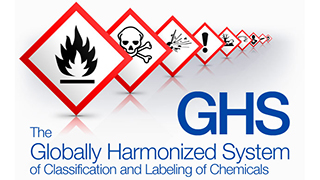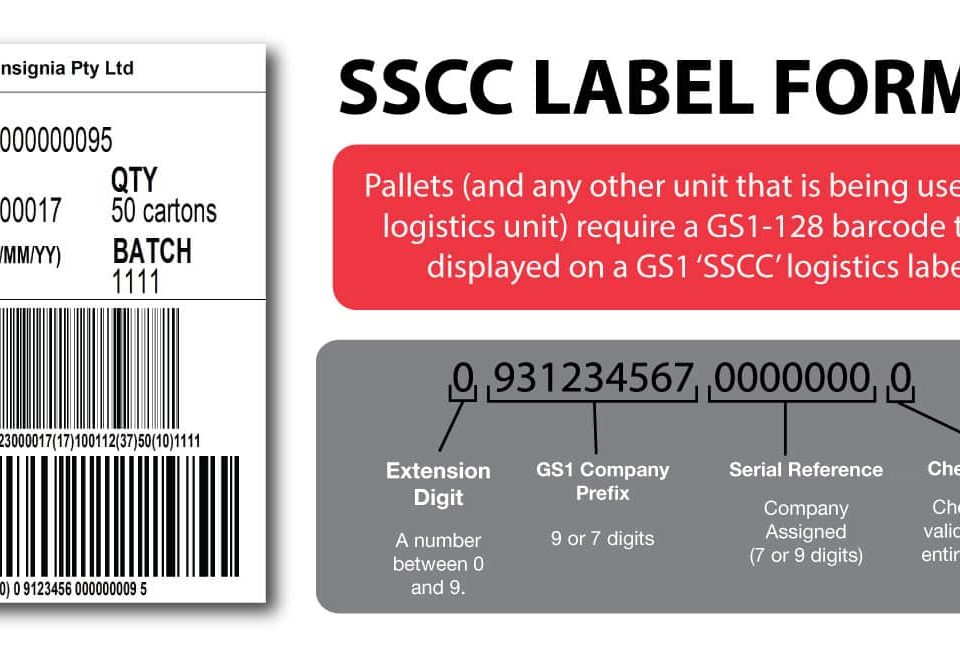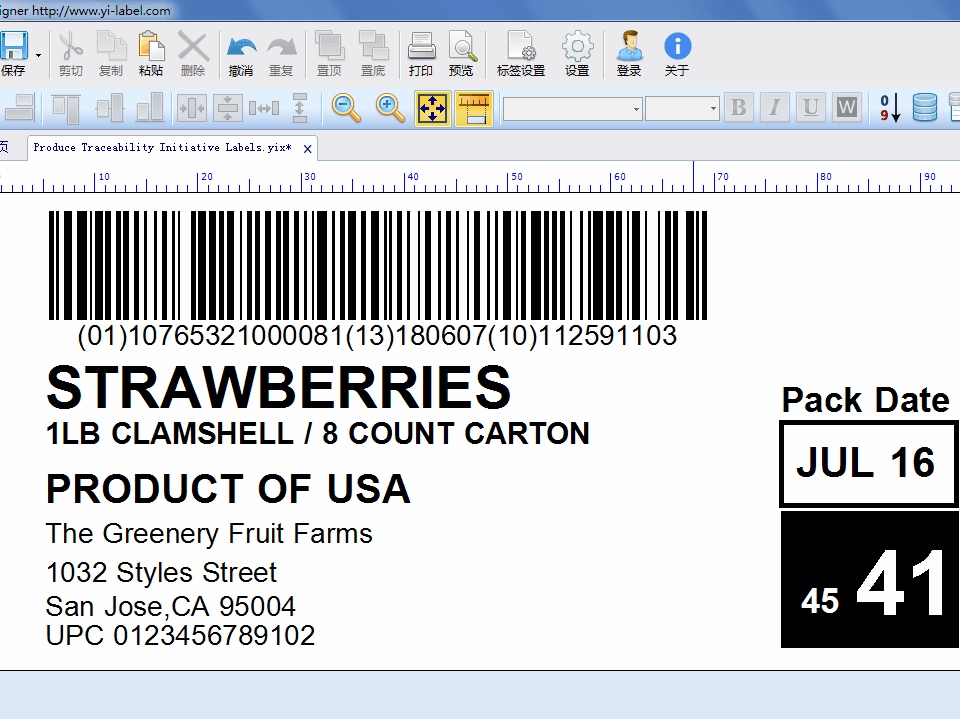GHS labels are used to record information about a chemical substance, etc.
Note: If the object is a mixture, instead of a label for each ingredient, you can make a label for the mixture.
Order of presentation of necessary information and content on GHS labels
Required information on the label The required information on the label is as follows:
- a) Pictograms representing hazards;
- b) Warning;
- c) Hazard statement;
- d) Notes;
- e) Product name;
- f) Manufacturer/Supplier.
The order of presentation of label content:
When the classification result according to GHS is relative to a certain hazard category and level, use the corresponding pictograms, warning words and hazard statements to make labels.
Chemical Labeling
Indicate the chemical name or common name of the chemical in Chinese and English respectively. The name needs to be prominent and clear, above the label. The name should be consistent with the name in the chemical safety data sheet.
The chemical name or common name, concentration or concentration range of the main component contributing to its hazard classification should be indicated for the mixture. When there are many components to be marked, the number of components should not exceed 5. The ingredients that are trade secrets may not be marked, but their dangers should be listed.
Pictograms
Use the pictograms specified in GB 30000.X-2013.
Signal word
According to the hazard level and category of the chemical, use the words “Danger” and “Warning” to warn the hazard level respectively. The signal word is located below the chemical name and needs to be prominent and clear. According to GB 30000.X-2013, select signal words for different categories of hazardous chemicals.
Hazard Statements
A brief overview of the hazardous properties of the chemical. below the signal word. Hazard statement for selecting different categories of hazardous chemicals according to GB 30000.X-2013.
Precautionary Statements
Describe the matters that must be paid attention to in the handling, handling, storage and use of chemicals and simple and effective rescue measures in the event of an accident. The content should be concise and to the point. This section should include safety precautions, handling of accidents (such as leakage, personal contact or fire, etc.), safe storage measures and disposal.
Vendor ID
Supplier name, address, postal code and telephone.
Emergency consultation number
Fill in the chemical manufacturer or the 24-hour chemical accident emergency consultation telephone number entrusted by the manufacturer.
There should be at least one 24-hour emergency consultation telephone number for chemical accidents in China on the safety label of imported chemicals.
Information reference prompt
Remind chemical users to refer to the chemical safety data sheet.
Danger information in priority order
When a chemical has two or more hazards, the sequence of pictograms, signal words and hazard statements on safety labels is specified as follows:
Pictogram sequence
The order of physical hazard pictograms is determined according to the primary and secondary hazards in GB 12268. For chemicals not listed in GB 12268, the hazard of the following hazard categories is always the primary hazard: explosives, flammable gases, Flammable aerosols, oxidizing gases, high pressure gases, self-reactive substances and mixtures, pyrophoric substances, organic peroxides. The determination of other main hazards shall be determined according to the method of determining the priority of hazards in the UN Recommendations on the Transport of Dangerous Goods, Model Regulations.
For health hazards, in the following order: If the skull and crossbones pictogram is used, the exclamation mark pictogram should not appear; if the corrosion pictogram is used, the exclamation mark should not appear to indicate a skin sensitizer or Skin/eye irritation.
The sequence of signal words
When multiple hazards exist, the signal word “WARNING” should not appear if the signal word “DANGER” is selected on the safety label.
Sequence of hazard statements
All hazard statements should appear on the safety label in order of physical hazard, health hazard, and environmental hazard.
Simplified labels
For small packages of chemicals less than or equal to 100ml, in order to facilitate the use of labels, the elements of safety labels can be simplified, including chemical identification, pictograms, signal words, hazard statements, emergency consultation numbers, supplier names and contact numbers , Please refer to the prompt for information.
Production of GHS labels
The body of the label should be expressed in simple, clear, easy-to-understand, and standardized Chinese characters. Minority languages or foreign languages may also be used at the same time, but the meaning must correspond to the Chinese characters, and the font size should be smaller than the Chinese characters. The same meaning applies to the same literal or pictorial representation.
When new information on a chemical is discovered, the label should be revised in a timely manner.
Color
The color of the pictogram in the label is implemented in accordance with the provisions of GB 30000.X-2013. Generally, a black graphic symbol with a white background is used, and the square border is red. The main text should use a color that contrasts with the background color, generally black and white. For domestic use, the box border can be black.
label Size
For containers or packages of different capacities, the minimum label dimensions are shown in Table 1.
Table 1 Minimum Label Size
| Container or packaging volume/L | Label size/(mm*mm) |
| ≤0.1 | Use simplified labels |
| >0.1~≤3 | 50*75 |
| >3~≤50 | 75*100 |
| >50~≤500 | 100*150 |
| >500~≤1000 | 150*200 |
| >1000 | 200*300 |
GHS Label Template Download
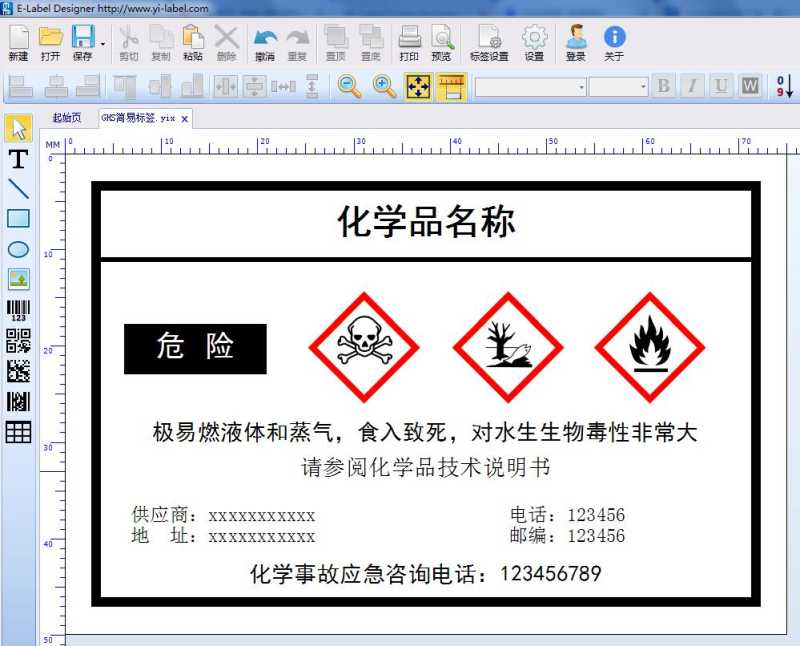
Download “GHS-Simple-label.yix” GHS_simple_label.yix – Downloaded 2063 times – 67.01 KB
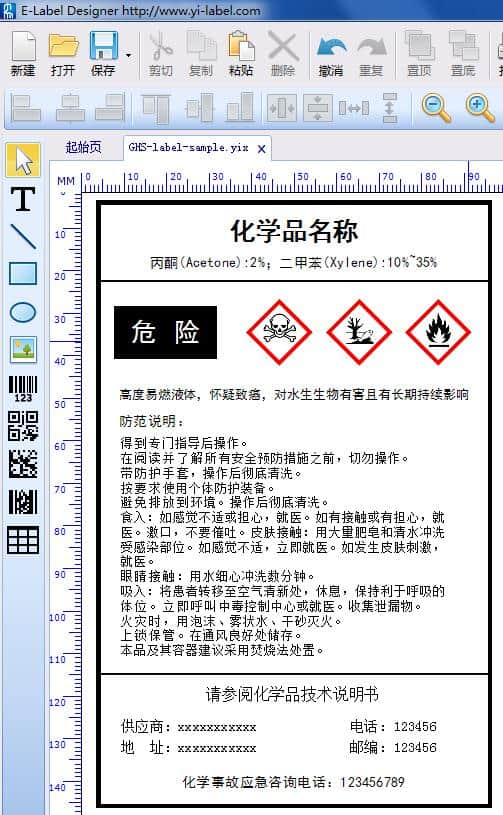
Download “GHS-label-sample-1.yix” GHS-label-sample-1.yix – Downloaded 2032 times – 102.99 KB
Pre-printed GHS labels
- GHS labels should have a black border around the Leave a margin greater than or equal to 3mm, and the width of the border is greater than or equal to 1mm.
- The pictogram must be visible from a longer distance and in smoky conditions or in conditions where the container is partially obscured.
- Labels should be clearly printed and the printed and adhesive materials used should be durable and water resistant.

